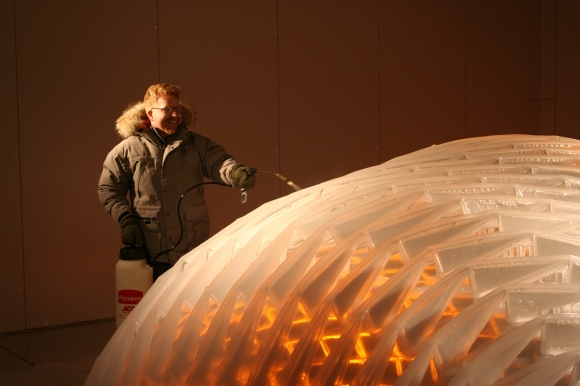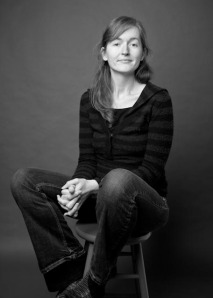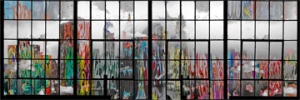
Occupation:
Artist, sculpture instructor at San Francisco Art Institute, and bookstore clerk at SFMOMA Museum Store.
If you could invite any artist living or dead to be your studio mate, who would you choose and why?
A cave painter, cavewoman, because we could learn a lot from each other, and we could do it without words.
What do you play on the radio when no one else is around?
Fiction audio books, the Carpenters, Norwegian Black Metal, word jazz by Ken Nordine, Japanese koto compositions, Old Dirty Bastard, off kilter experimental electronic stuff like The Organ Transplants Volume 1 and 2, and Disco.
Favorite piece(s) at the SFMOMA?
My choice actually has to do with a piece I saw via Scott Hewicker & Cliff Hengst’s Open Space Collection Rotation where they provided a musical paring to various paintings and photographs.
Ilse Bing, Cureglia, Press Lugano, Folio I, Europe, 1934
Hubert Laws: “Crying Song” from Crying Song, CTI 1969
My reason: This poetic companionship felt like it was breathing, regarding no real division within its photo-musical paring. It seemed to project a profound simplicity with the same rawness that birth and death hold hands within a life’s time. Their contrast becomes invisible like the indiscernible rise or set of the sun in Ilse Bing’s image.
How do you find you balance your work life at SFMOMA with your art production life?
I have a uniform for work and a uniform for studio, when I come home from work I immediately peel off my work person and slip into my real person. Then I go to my studio and dance like crazy for a half an hour to complete the transition. Also never sleep, love your creations, and eat a lot of fruit.
If you had to name one book to give someone insight into your artwork (and life), what would it be?
Geek Love, and I would also like to add The Secret Life of Plants.



















